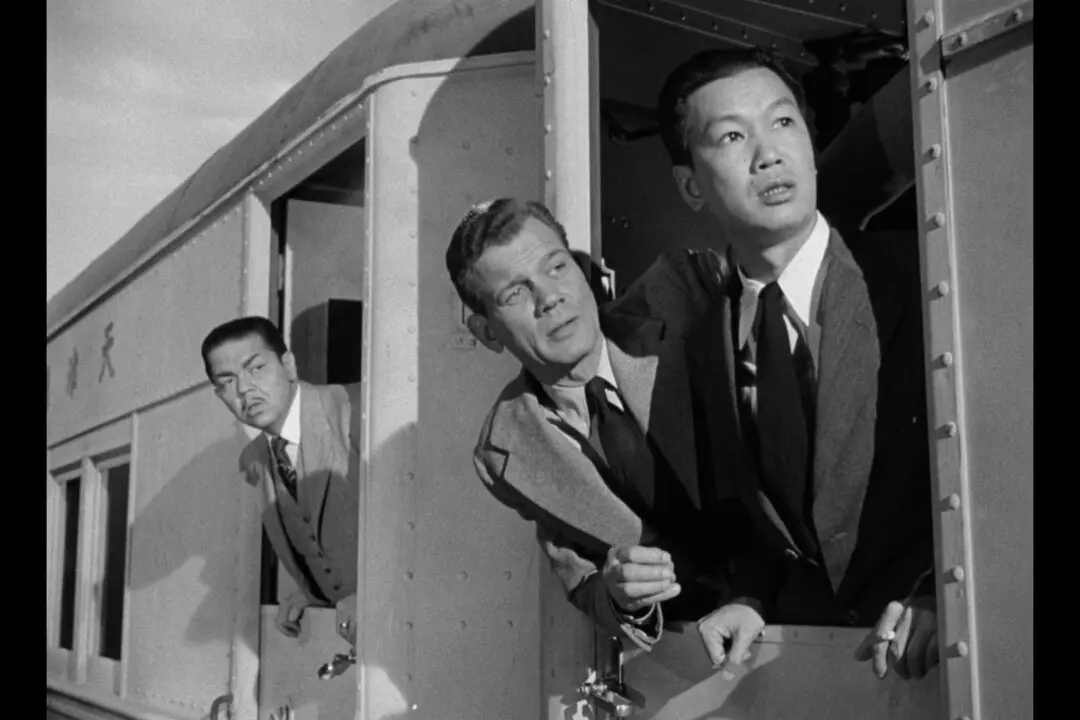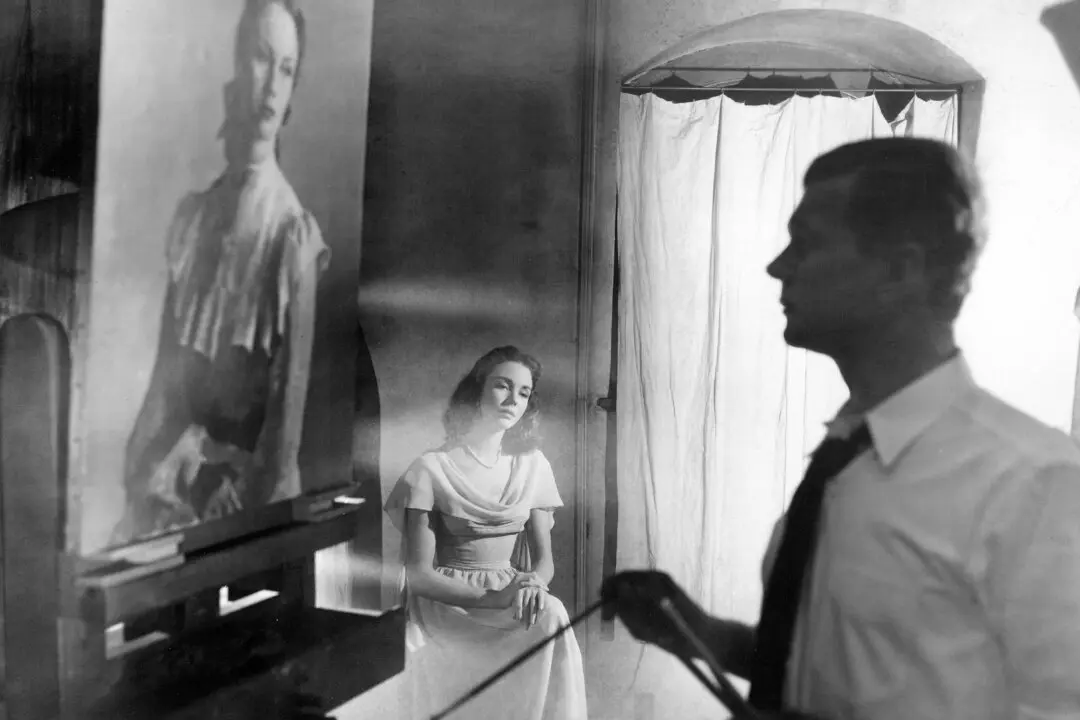PG | 2h 50min | Drama | 1946
The Veterans Administration (VA) estimated that, in the late 1940s, about one-tenth of America’s population and a fifth of its workforce were veterans of World War II. For the next quarter of a century, America would depend on that beleaguered group of about 20 million (as large as present day New York) to raise families and pay bills and taxes.




